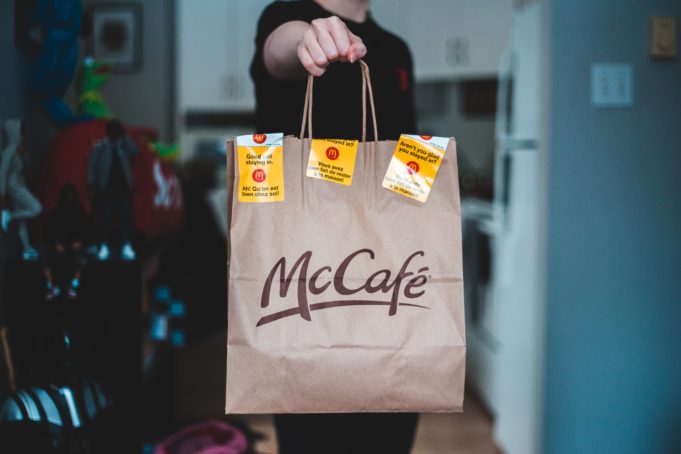Since the outbreak, we’ve been advised to lower the chances of exposure by minimizing human contact. But, if you are ordering food delivery, how do you do it safely so you don’t put yourself or those around you at risk? Read on for our top tips on how to order food to your home safely.
Practice social distancing: When getting food delivered, it’s important to limit in-person contact with the delivery executive. Many food delivery apps offer no-contact deliveries, so it shouldn’t be too hard for you to do this. However, if your favorite restaurant does not offer this option, you can always request (over the phone) to have the delivery left in the lobby or at your doorstep.
Throw the packaging: There is a chance you may contract the novel coronavirus if you come into contact with a surface in which the virus is present. This is why it’s important to unpack your food and throw out the packaging as soon as you can. Once you do this, ensure you wash your hands. Also, avoid using the utensils and containers sent by the restaurant.
Wash your hands: Before you eat, wash your hands with water and soap for a minimum of 20 seconds. You’ll want to use enough soap to cover the entire surface of both your hands. Once done, dry your hands immediately. If, for some reason, you don’t have access to soap, make sure to at least use a good-quality alcohol-based sanitizer before you eat.
Tip electronically: Delivery executives are especially vulnerable to catching the virus, given that they are required to visit multiple locations as part of their job. While a 20% tip is what’s standard, consider tipping more if you can to compensate them adequately for the risk they are putting themselves in. That said, when you tip, avoid handing it over to the person since you will come in contact with them. Instead, do it electronically, either through the app or online. If you absolutely need to use cash to tip, wash your hands immediately after you are done.
Keep in mind that there is little evidence to support that the virus can be transmitted through food. However, it’s best to do what you can to mitigate any risks.











